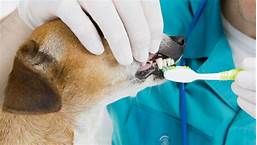How Is Pet Plastic Made?
Polyethylene terephthalate (PET) plastic is a common type of plastic used in packaging and other applications. It is made from a chemical reaction between terephthalic acid and ethylene glycol. This reaction is known as polycondensation, and it results in the formation of a long chain of PET molecules.

Raw Materials
The first step in making PET plastic is to obtain the raw materials, terephthalic acid and ethylene glycol. Terephthalic acid is a white solid that is produced by oxidizing a hydrocarbon called paraxylene. Ethylene glycol is a clear, colorless liquid that is produced by reacting ethylene oxide with water.
Polymerization
Once the raw materials have been obtained, they are combined in a reactor and heated to a high temperature. This causes the two chemicals to react with each other, forming a long chain of PET molecules. This process is known as polymerization.
Extrusion
The molten PET plastic is then extruded, or forced through a die to form a continuous sheet or film. The thickness of the sheet or film can be varied by changing the size of the die. The plastic is then cooled and cut into smaller pieces.
Molding
The pieces of PET plastic can then be molded into various shapes. This is done by placing the plastic in a mold and heating it until it melts. The molten plastic is then forced into the mold and allowed to cool. Once the plastic has cooled, the mold is opened and the finished product is removed.
Applications
PET plastic is used in a wide variety of applications, including:
- Beverage bottles
- Food containers
- Medical devices
- Automotive parts
- Textiles
Recycling
PET plastic is a recyclable material. It can be recycled into new plastic products or into other materials, such as carpet fibers or clothing.
Declaration: All article resources on this website, unless otherwise specified or labeled, are collected from online resources. If the content on this website infringes on the legitimate rights and interests of the original author, you can contact this website to delete it.




